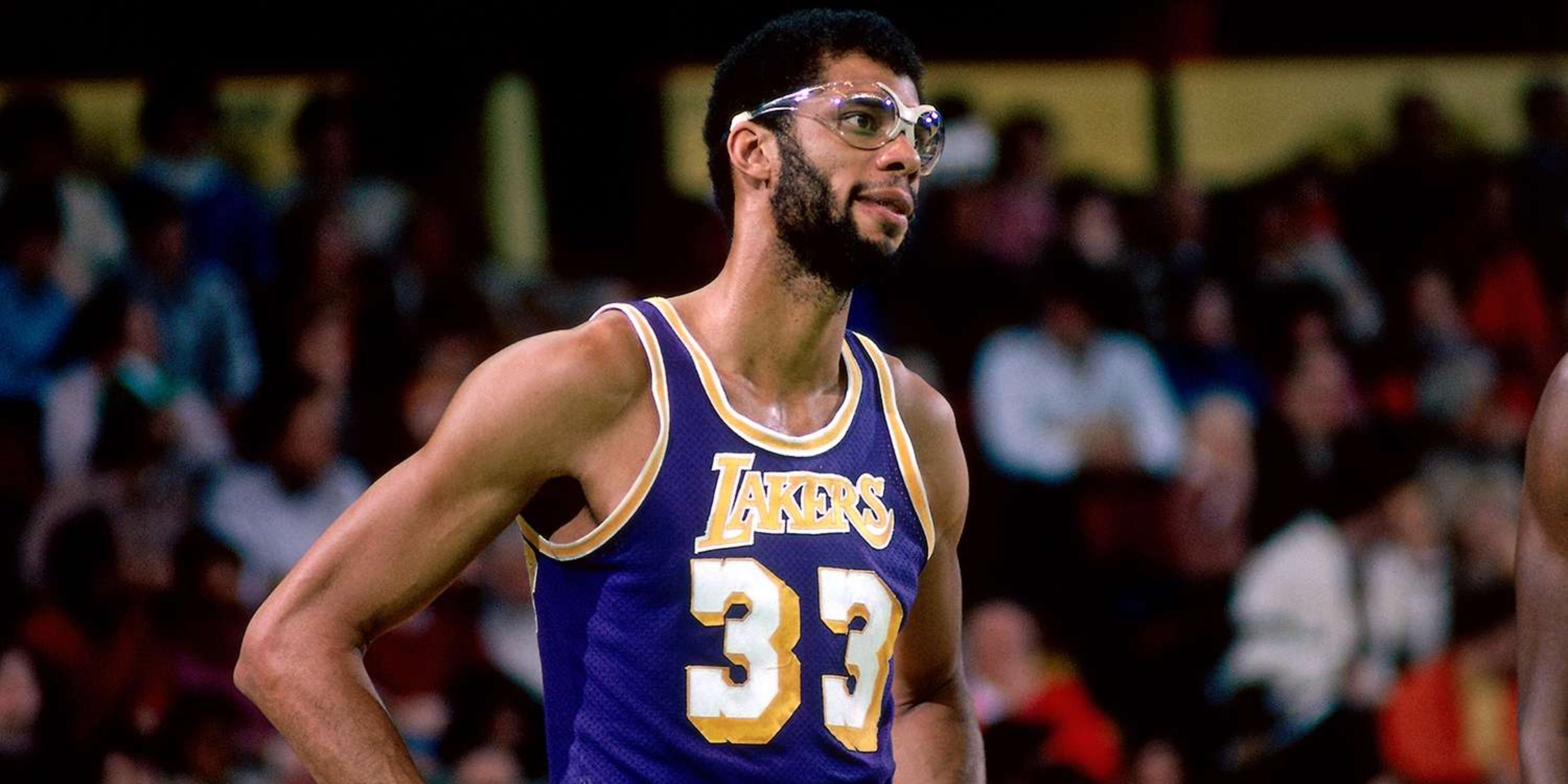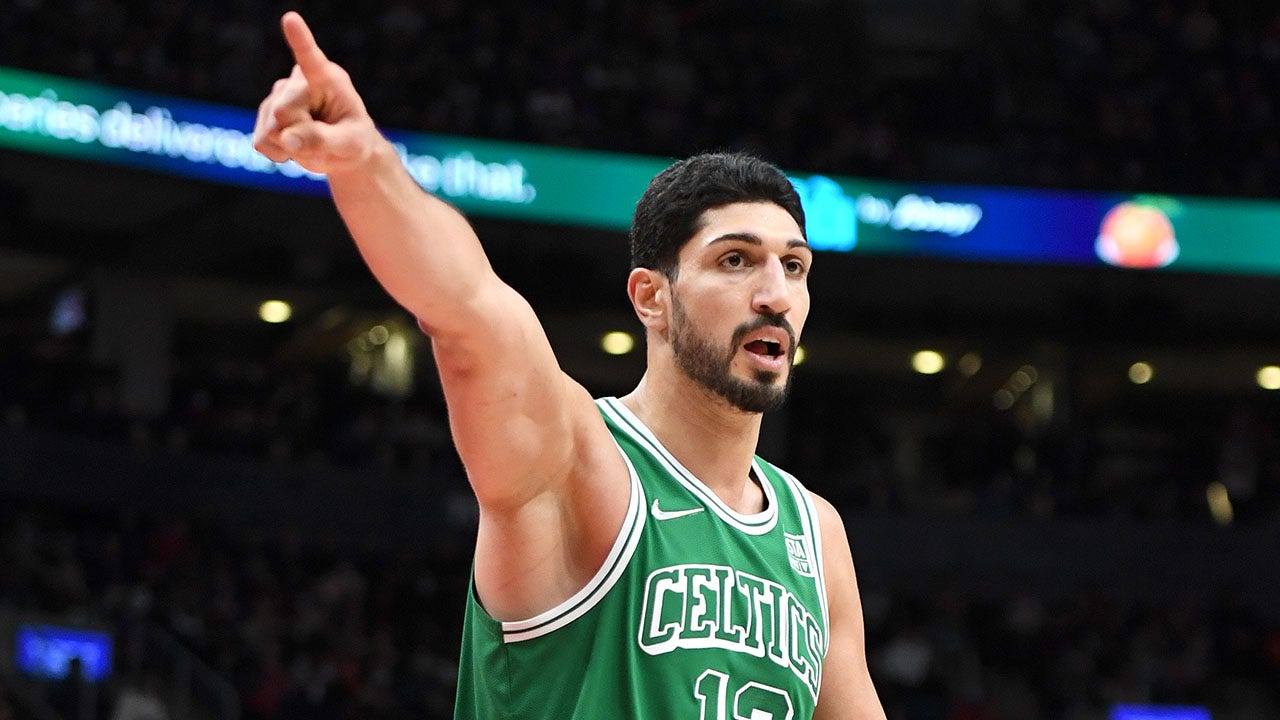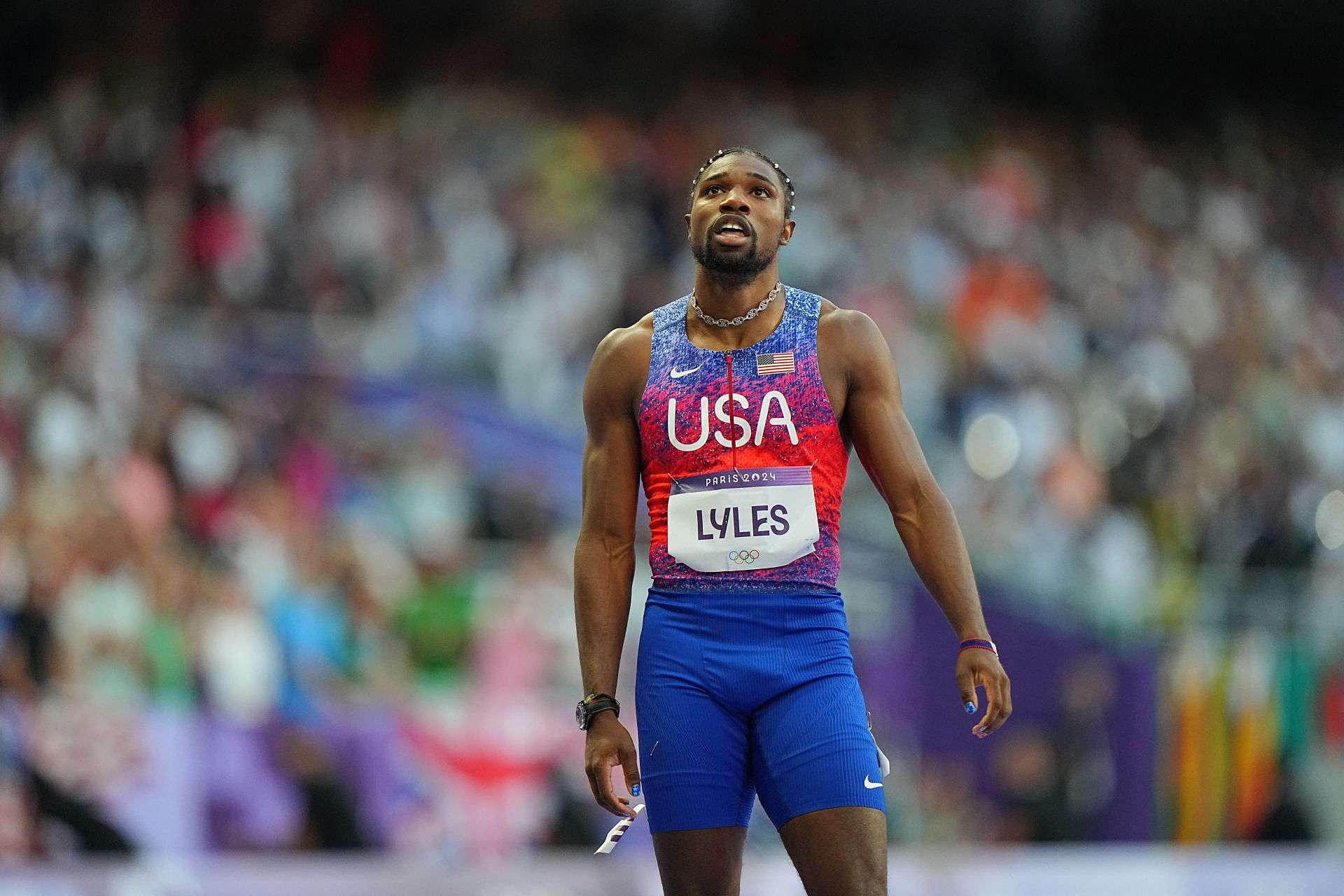Best American NBA Players Who Never Won an Olympic Gold Medal
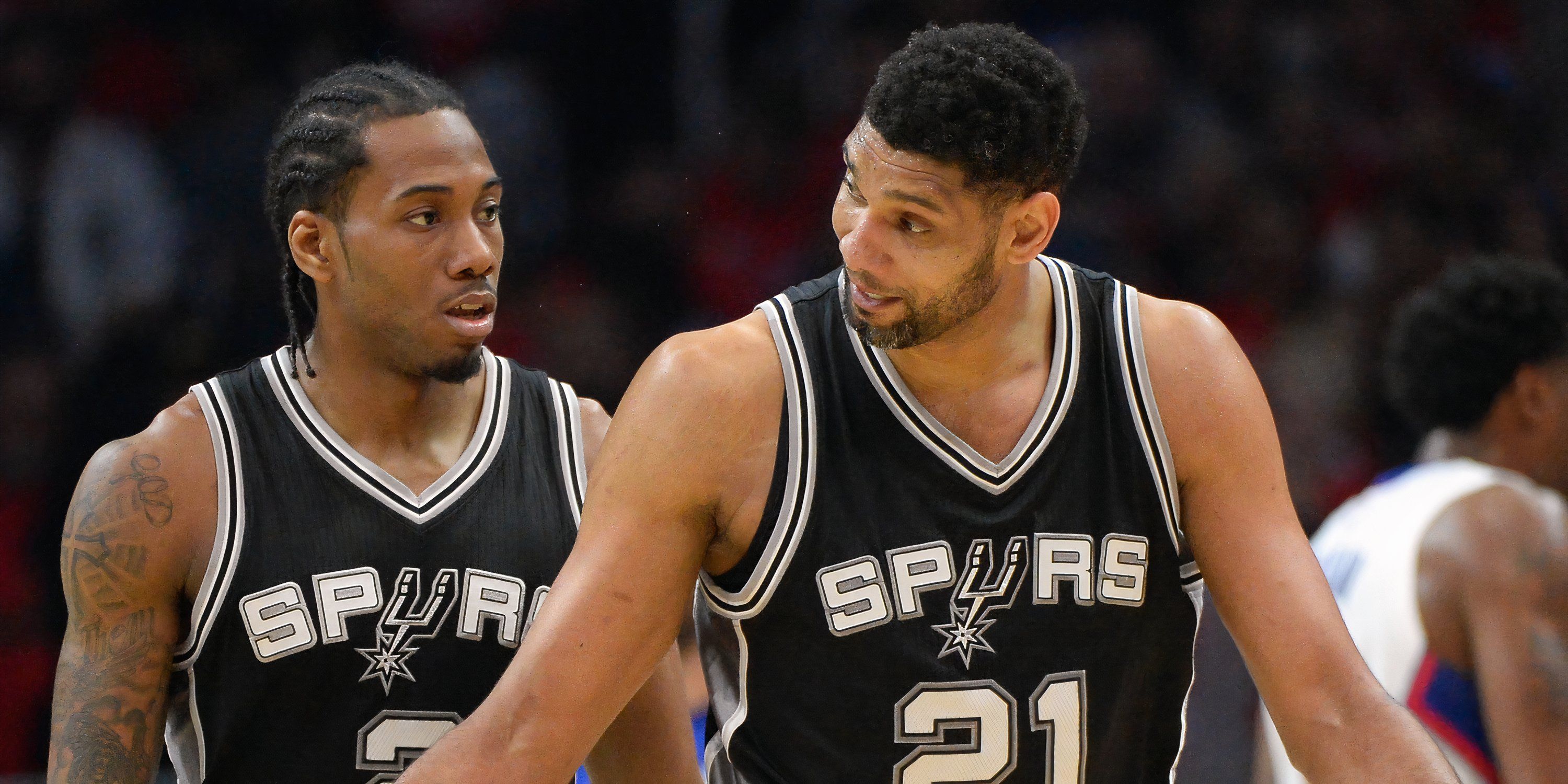
Highlights
- Team USA has dominated the Olympic basketball landscape, winning 27 gold medals since the sport was introduced to the Games.
- Injuries and contractual decisions prevented superstars like Kawhi Leonard from competing in the Olympics.
- Lack of opportunities or choices affected legends like Moses Malone and Tim Duncan.
Team USA is the most dominant nation in Olympic basketball history, with a record 27 gold medals in the sport. After winning gold in Paris, they have now won eight of the last nine editions.
The reason for this dominance is the abundance of Hall of Famers at their disposal, making it almost unfair for the other teams.
Some of the greatest players in the history of the sport, such as
and
Michael Jordan
, have donned the Stars and Stripes on the biggest stage in international basketball and brought home the gold.
But these are five legendary players who somehow never found themselves with an Olympic gold medal, and some who never even got the chance to represent their nation.
5
Kawhi Leonard
One of the biggest injury-related what ifs of his generation
Drafted just out of the lottery by the
, it took
three years to establish himself in the NBA.
As a 22-year-old playing in just his third playoff campaign, Leonard had a fabulous two-way performance, especially in the Finals against the Miami Heat, and he won Finals MVP as well.
He followed that campaign with back to back Defensive Player of the Year awards, which put him on the Team USA radar for the 2016 Rio Olympics.
But Leonard chose to decline the invite since he was expecting the birth of his first child that summer.
With another championship and Finals MVP and five All-Star appearances, he continued his upward trajectory by the time the next Olympics came around.
Leonard confirmed a few months prior to the 2021 Tokyo Games that he was looking forward to making his debut with Team USA. Unfortunately, he suffered an ACL injury during the playoffs, which forced him to miss the Olympics for a second time.
The injuries kept coming, but after having his healthiest season in almost a decade, all signs pointed towards a Leonard Olympic appearance in Paris. He was selected to the team and was part of the camp too, when Team USA unexpectedly announced
Derrick White
would replace Leonard for the Games despite the
‘ star being healthy.
|
Kawhi Leonard – Career Stats |
|
|---|---|
|
PPG |
20.0 |
|
RPG |
6.4 |
|
SPG |
1.7 |
|
BPG |
0.7 |
|
FG% |
49.9 |
|
3PT% |
39.1 |
That was likely the last opportunity for the Los Angeles native, who will be 37 when the Olympics will be next hosted in his hometown. With his injury history, it’s unlikely that Leonard will still be playing professionally in 2028.
4
Moses Malone
The timing was never right for the three-time MVP
Moses Malone had a knack for creating history throughout his professional basketball career.
After being drafted by the Utah Stars in the 1974 ABA Draft, he became the first player ever to play professionally right out of high school.
But because he chose to do so and skip college, he missed his first opportunity to play for Team USA in the Olympics. Since pros weren’t allowed before 1992, Team USA would pick the best players from the NCAA. So skipping college, despite signing a letter of intent with Maryland, meant that Malone would have to pass up a potential opportunity to represent his country in the Olympics.
It was highly unlikely that he regretted that move after being a dominant player from day 1, winning an All-Star nod in his rookie season.
Malone went on to win three MVPs and also became the only player in history to win back-to-back MVPs for different teams.
|
Moses Malone – Career Stats |
|||||||
|---|---|---|---|---|---|---|---|
|
PPG |
20.3 |
||||||
|
RPG |
12.3 |
||||||
|
SPG |
0.8 |
||||||
|
BPG |
1.3 |
||||||
|
FG% |
49.5% |
||||||
The 12-time All-Star was still a relevant player when the NBA started sending players to the Olympics in 1992, but was unfortunately too old to be considered. They opted to go with David Robinson and Patrick Ewing as their centers for the tournament, and Malone ended up missing out on his second and final opportunity to win a gold medal at the Olympics.
3
Tim Duncan
The Big Fundamental never tried again after a bad first experience
Growing up, Tim Duncan wanted to be a swimmer like his sister, Tricia Duncan, who represented the U.S. Virgin Islands in the 1988 Olympics. Unfortunately, that dream was shattered after Hurricane Hugo destroyed the island’s only Olympic-sized swimming pool.
Duncan then took up basketball, and after an illustrious four-year career at Wake Forest, the
drafted him with the first overall pick in 1997.
In just his second year in the league, the 22-year-old Duncan led the Spurs to their first championship and won Finals MVP honors. That put him on the radar of Team USA, who immediately called him up to the Olympic qualifying team. He excelled on that stage, helping the USA qualify for the Games after leading the team to a perfect 10-0 record.
Unfortunately, he suffered a knee injury towards the end of the 1999-2000 season, which forced him to miss the 2000 Sydney Olympics.
Duncan returned to help the team qualify for the 2004 edition, and finally made his Olympic debut in Athens.
Unfortunately for Duncan, the FIBA rules didn’t suit his game, as he averaged nearly four fouls per game in Athens. This, coupled with some terrible coaching by Larry Brown and incoherent performances by Team USA, led to an infamous bronze medal finish for Team USA, which remains the only time they have not won a gold medal in men’s basketball since professionals were allowed in 1992.
|
Tim Duncan – Career Stats |
|||||||
|---|---|---|---|---|---|---|---|
|
PPG |
19.0 |
||||||
|
RPG |
10.8 |
||||||
|
SPG |
0.7 |
||||||
|
BPG |
2.2 |
||||||
|
FG% |
50.6% |
||||||
Duncan retired from international play immediately after that debacle, citing the rules and poor performance as some of the main reasons. He never considered returning, and remains one of only two American NBA MVPs to never win a gold medal, along with his 2004 teammate Iverson.
2
Wilt Chamberlain
An Olympic gold medal was the only missing accolade in his extensive trophy cabinet
In 1972, the NCAA made a historic change by allowing freshmen to compete on varsity teams in two sports — basketball and football. Since the Olympic basketball teams were composed of college players, this meant that until 1972, freshmen never had a chance to represent Team USA at the highest level, even if they were talented enough.
Because of these rules, freshman Wilt Chamberlain was ruled ineligible for the 1956 Melbourne Games. It also meant that he would never be able to play for Team USA at the Summer Olympics.
Despite being only 19 years old at the time, Chamberlain’s talent was already recognized by the NBA.
Prior to the draft rules being changed in 1966, NBA teams were allowed to forgo a first-round pick to make a territorial draft pick, which meant they could select a player in advance, as long as they resided within a 50-mile radius of their home arena.
While Chamberlain was still in high school, legendary
coach Red Auerbach asked him to choose a college in New England so he would be able to draft him with a territorial pick.
He eventually chose to go to Kansas for college, and while he was still a freshman, the Warriors, who were based in Philadelphia at the time, selected him as their territorial pick since Chamberlain grew up in Philly.
|
Wilt Chamberlain – Career Stats |
||
|
PPG |
30.1 |
|
|
RPG |
22.9 |
|
|
APG |
4.4 |
|
|
FG% |
54.0 |
|
Chamberlain would’ve been the youngest player on the Team USA squad had he been selected, but he would’ve still stood out. Unfortunately, he wasn’t able to do so, and he retired before professionals were allowed to play internationally.
1
Kareem Abdul-Jabbar
The Captain declined the invite knowing it would be his only opportunity to win gold
, then known as Lew Alcindor, wanted to play professionally after high school. But because of NBA rules, he had to either go to college or play professionally overseas or with the Harlem Globetrotters before he could be drafted.
So he chose to go to UCLA in 1965, who had just been crowned back-to-back national champions.
After the Bruins faltered in his freshman year, Abdul-Jabbar led them to the championship, and was named the Most Outstanding Player in the NCAA Tournament in both his sophomore and junior seasons. They lost just one game over those two seasons, with the New York native as their leader.
Unsurprisingly, Team USA wanted him to lead them at the 1968 Olympics in Mexico City.
It would be the one and only chance that Abdul-Jabbar would receive to win a gold medal at the Olympics.
But he declined the opportunity.
It was a protest against the unequal treatment of African Americans in the US. In his book ‘Coach Wooden and Me‘ which was released in 2017, Abdul-Jabbar wrote “the idea of going to Mexico to have fun seemed so selfish in light of the racial violence that was facing the country.”
Abdul-Jabbar played another season at UCLA, won the NCAA tournament once again was also honored as the first ever Naismith Player of the Year before being drafted in 1969 by the Milwaukee Bucks.
|
Kareem Abdul-Jabbar – Career Stats |
|
|---|---|
|
PPG |
24.6 |
|
RPG |
11.2 |
|
APG |
3.6 |
|
BPG |
2.6 |
|
FG% |
55.9% |
His Hall of Fame career ended just three years before NBA athletes were allowed in the Olympics, which meant his extensive trophy cabinet was just missing that one Olympic gold medal.
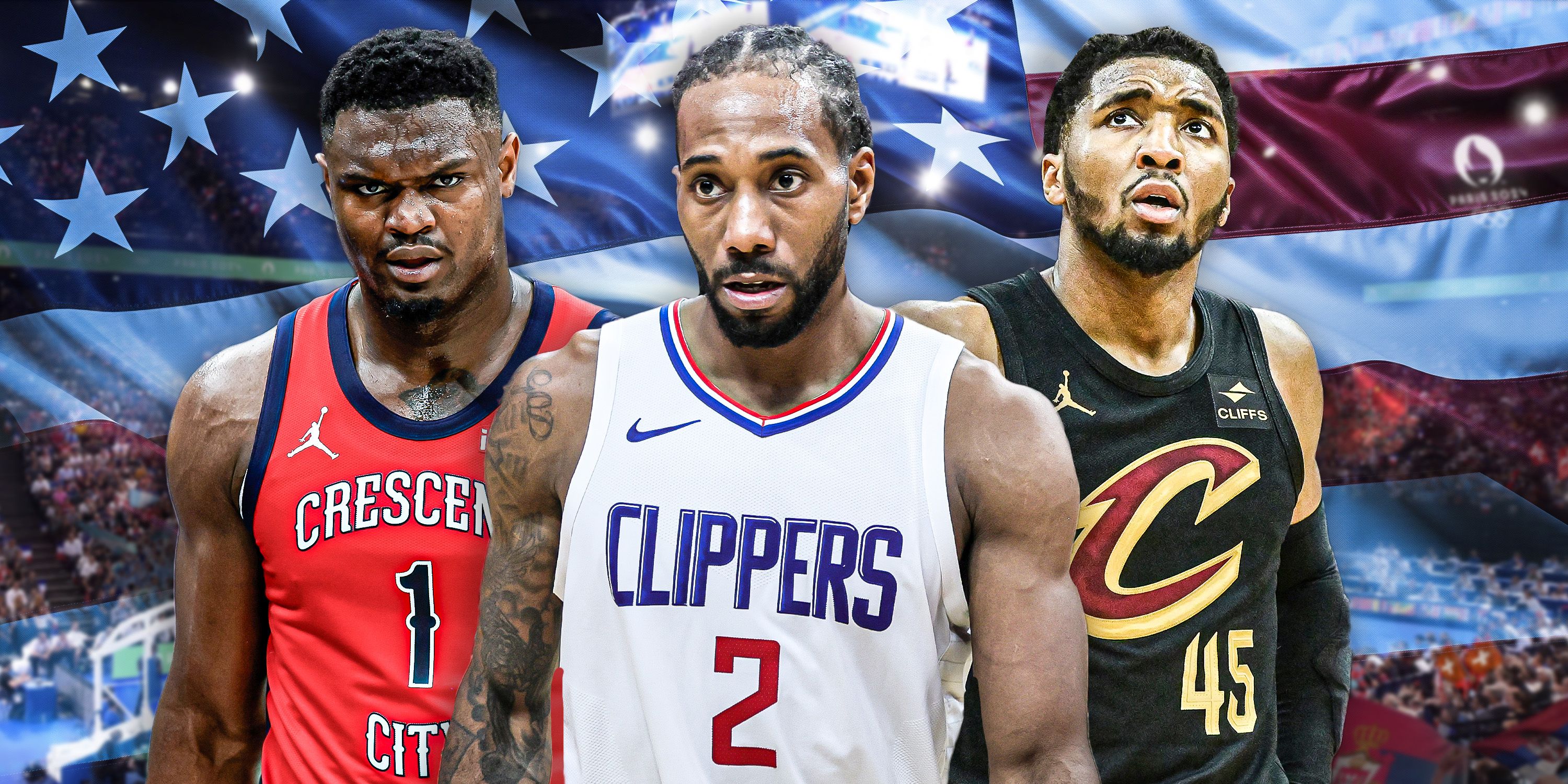
Related
5 Players Who Will Never Represent Team USA at the Olympics
These are five All-Star-caliber players who will unfortunately never be able to don the red, white and blue at the Olympics.
Related
Enes Kanter Freedom sounds alarm on China’s ‘war’ warning: ‘Wake…
Former NBA player Enes Kanter Freedom warned the U.S. on Wednesday after China vowed to "fight till the end" against President Donald Trump’s tariffs.The Chi
The Athletic’s women’s college basketball All-America team
(Correction: An earlier version of this article included an incorrect order on our All-America teams. Paige Bueckers is a member of The Athletic’s All-America
“It was American NBA players”- Noah Lyles opens up about…
Noah Lyles opened up about receiving backlash after his comments about NBA Champions. The Olympic gold medalist revealed that the NBA players, who
NBA and NBA G League Player Ambassadors urge fans to…
American Heart Association and NBA/G League players team up to boost CPR readiness during American Heart Month
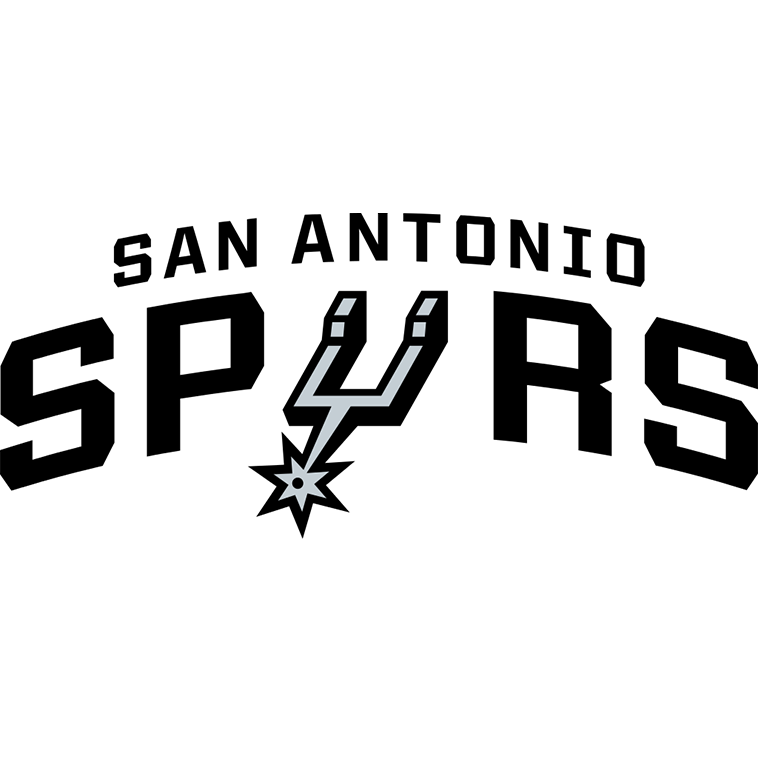 San Antonio Spurs
San Antonio Spurs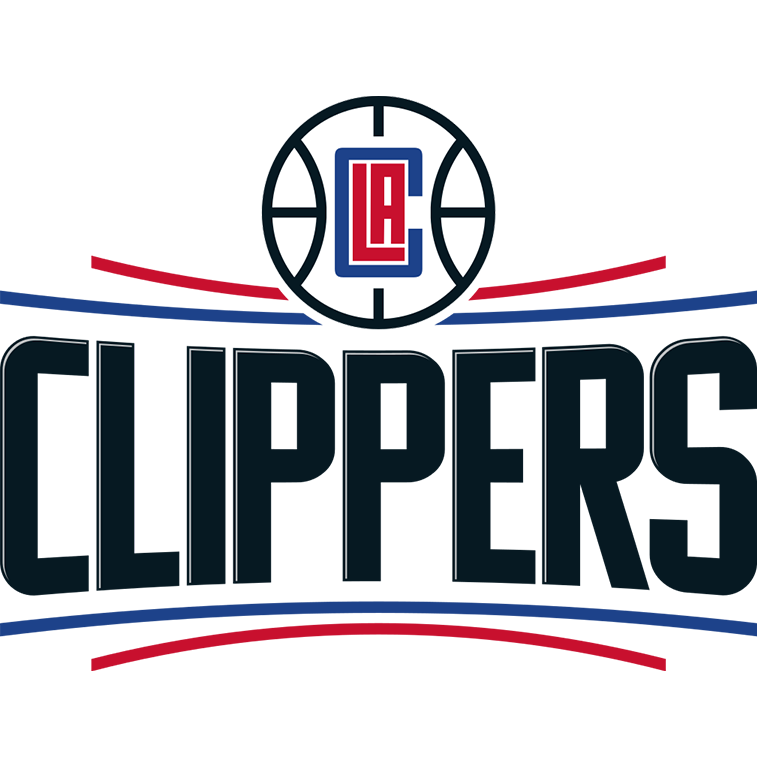 Los Angeles Clippers
Los Angeles Clippers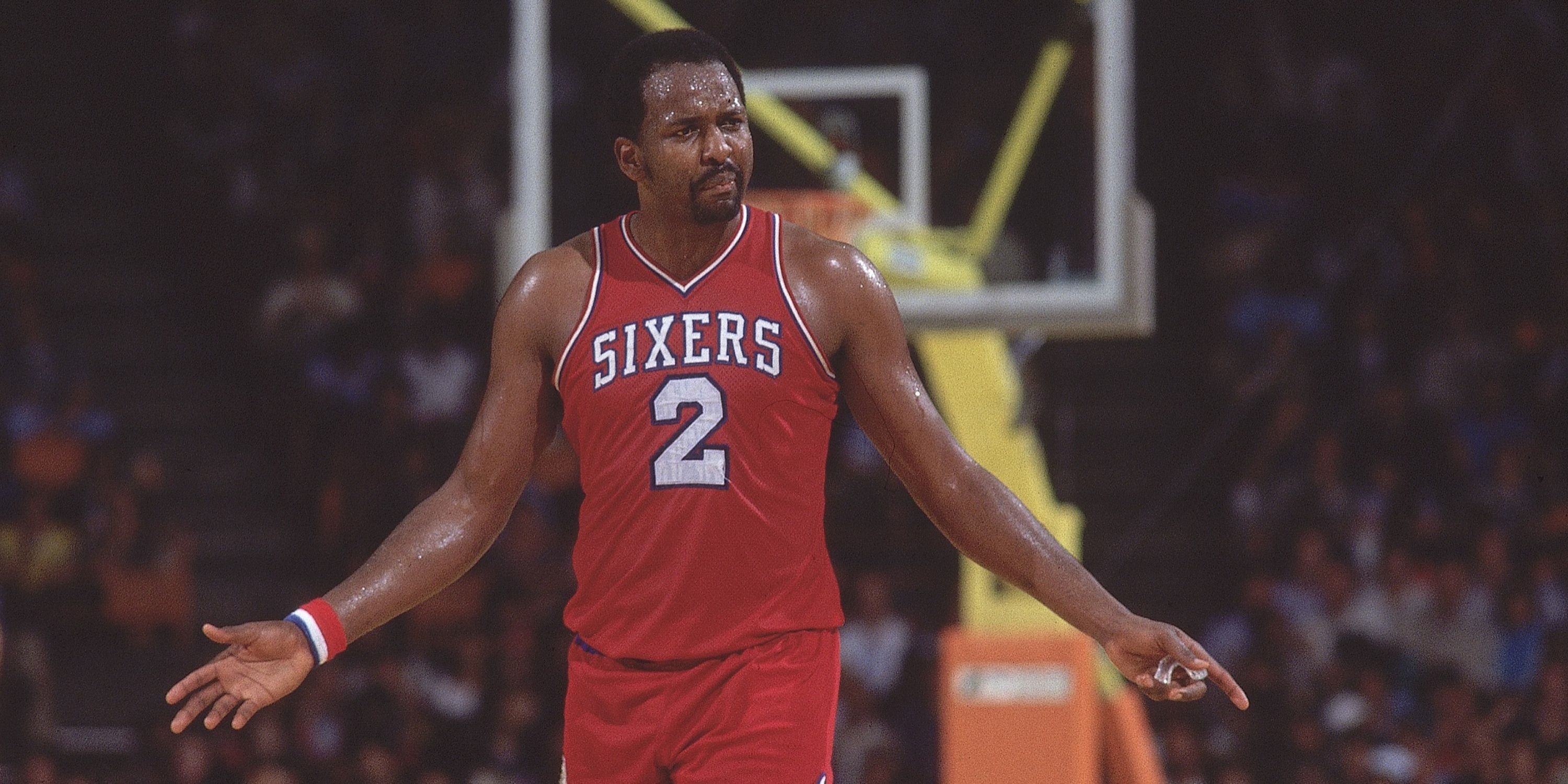
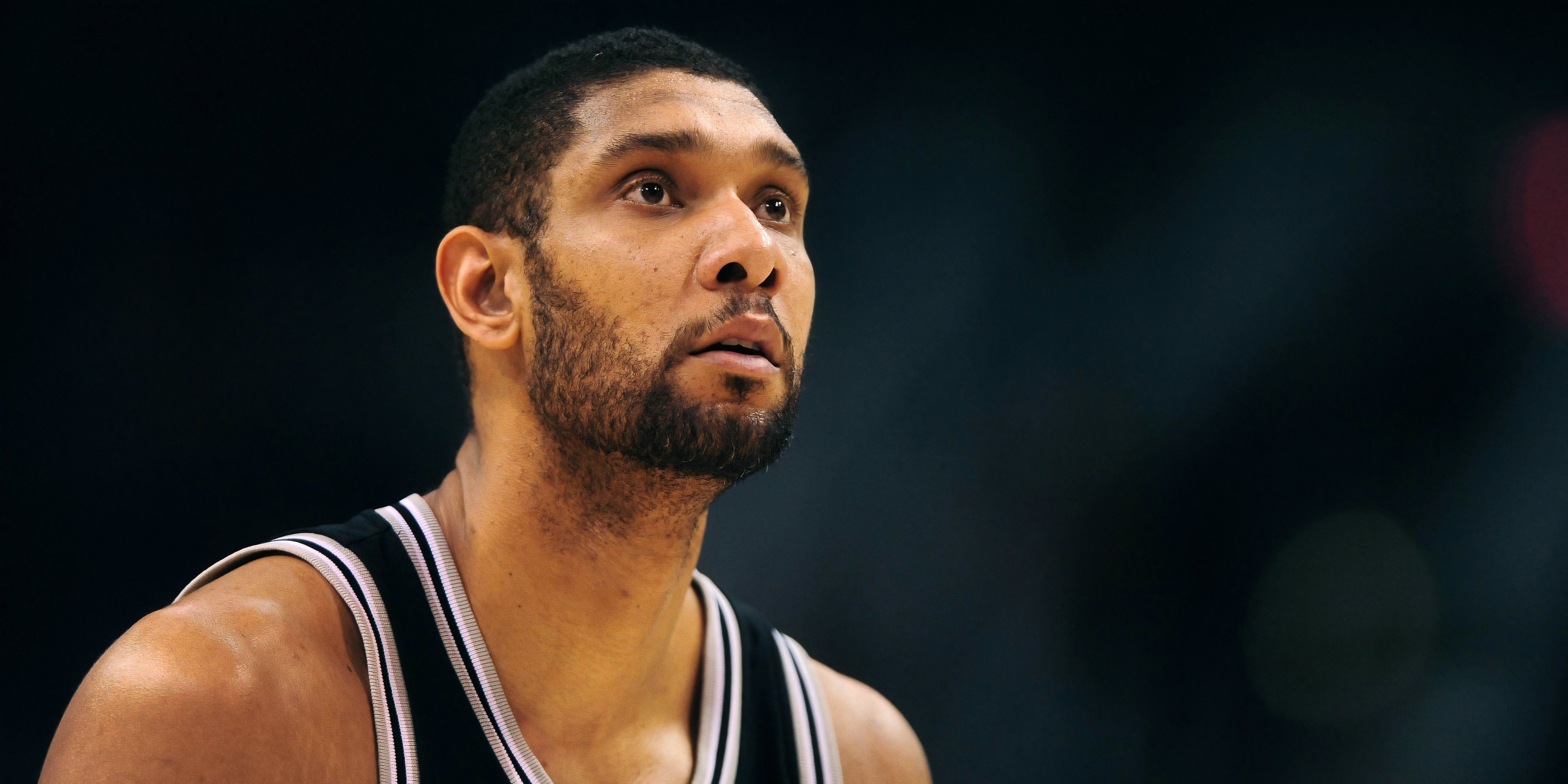
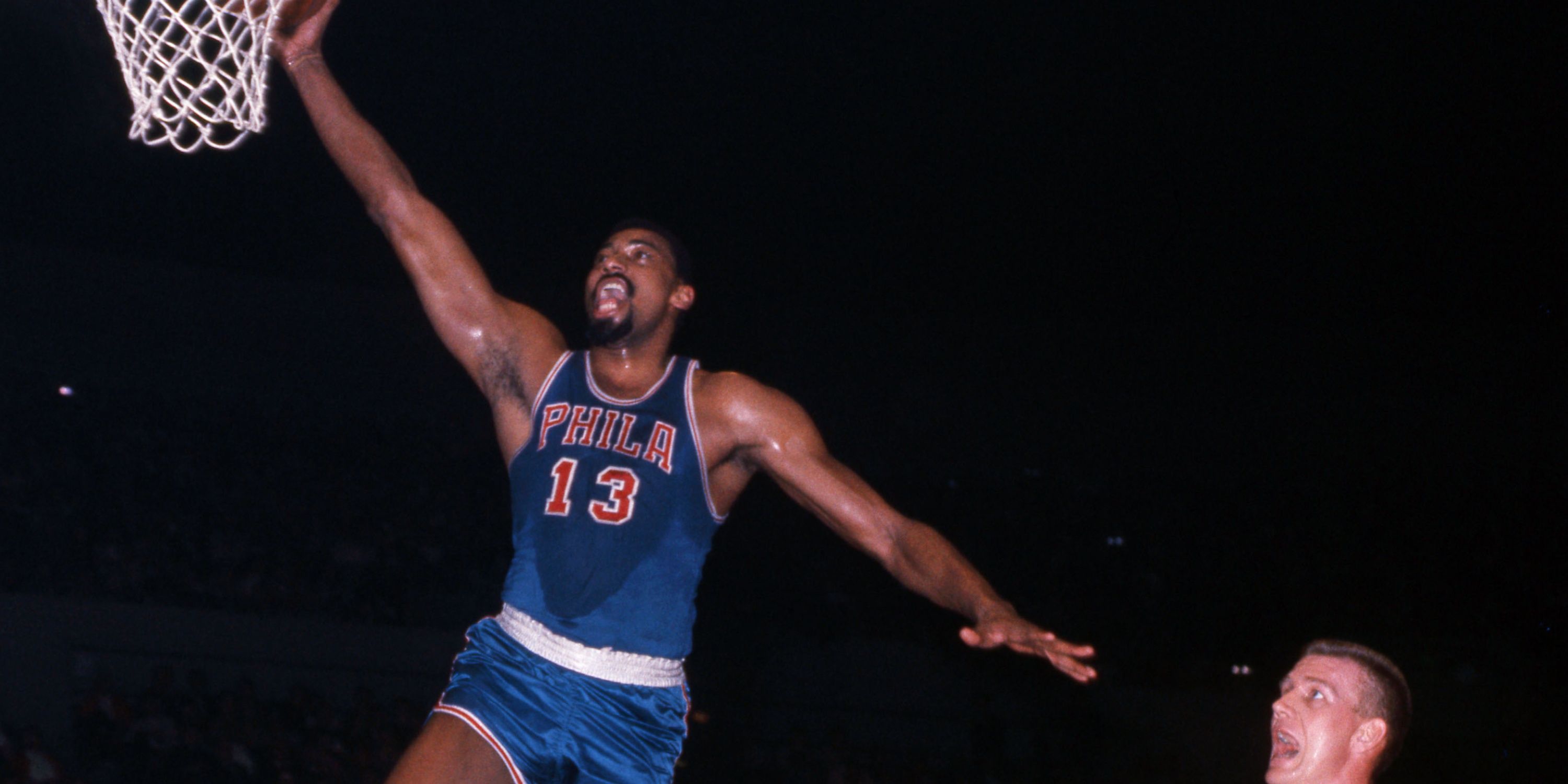
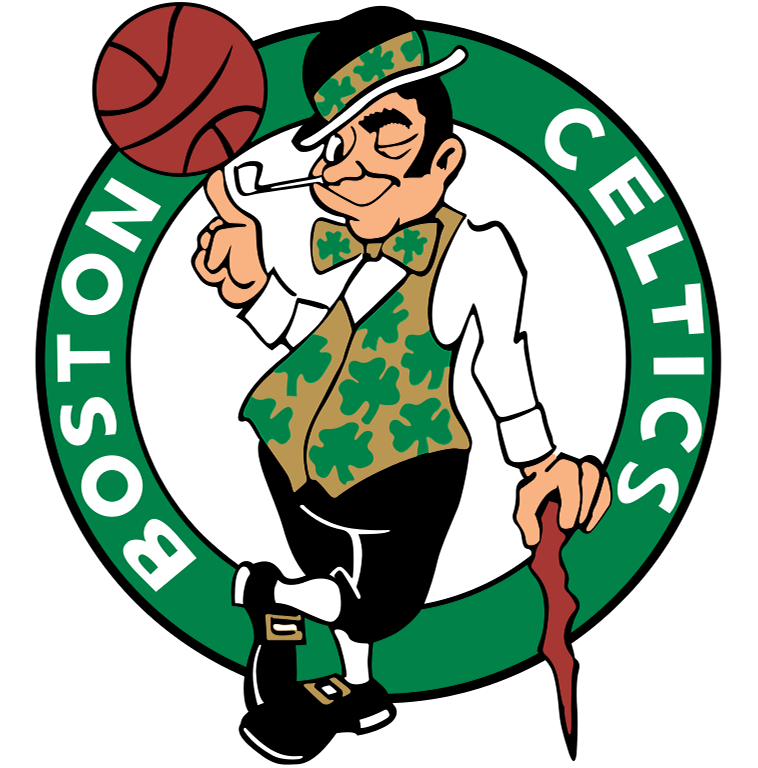 Boston Celtics
Boston Celtics